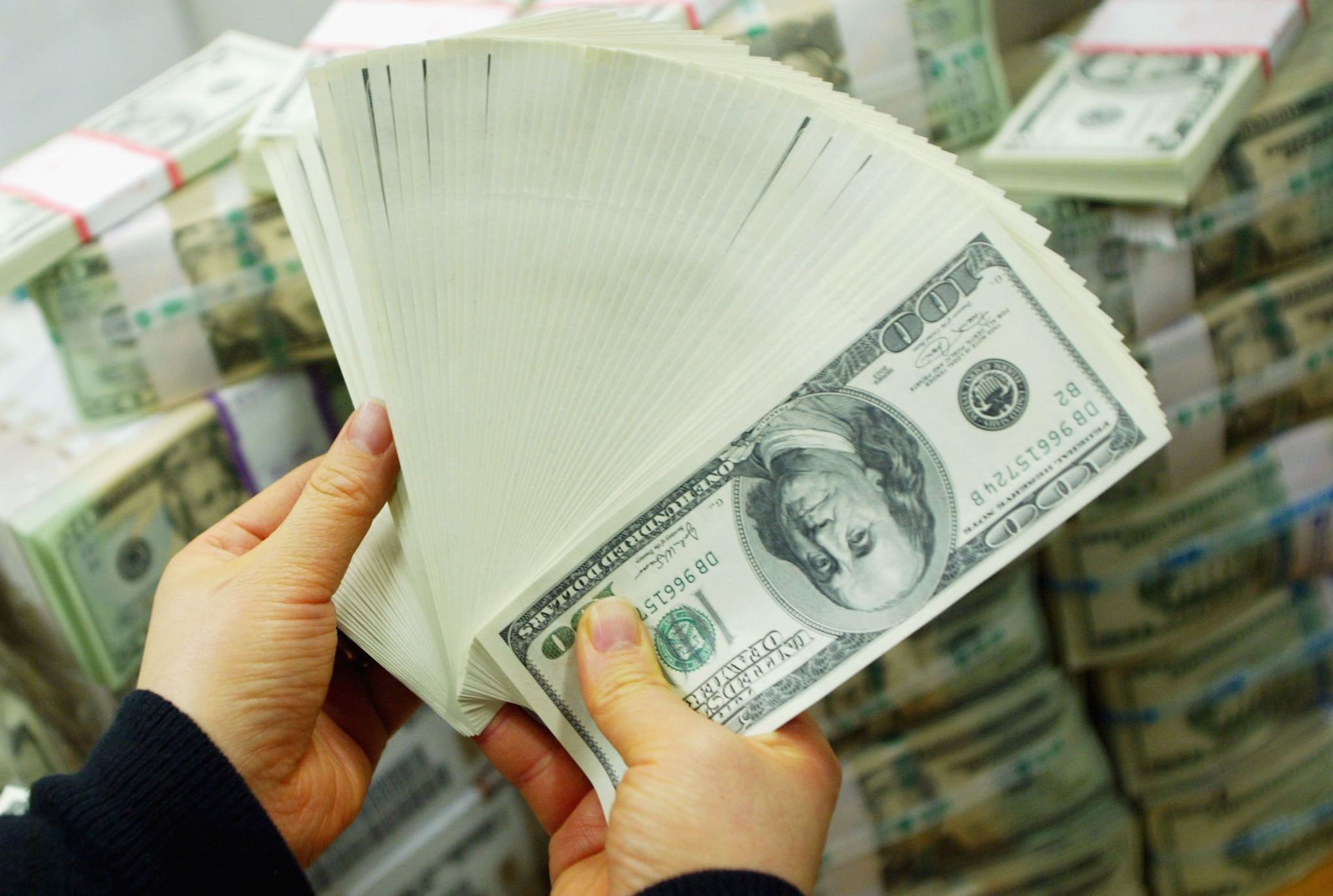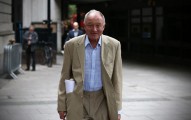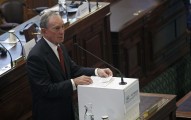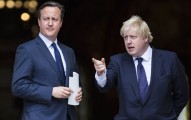
December’s job growth numbers are in, and they make it official: 2015 was the second-strongest year for job growth since the 1990s, and only slightly behind the big gains of 2014. Unemployment fell in 2015 from an already low 5.6 percent at the end of 2014 to 5 percent in December 2015. Wages grew 2.5 percent during 2015, which isn’t a huge number but looks more impressive when you remember that inflation was close to zero for the year.
So what accounts for the second straight year of strong economic results? The US economy is a complex system, so it would be a mistake to point to any single factor as driving economic growth and job creation. No one fully understands how and why economies grow. And to some extent, you could look at 2015’s solid but not spectacular performance as the kind of thing that happens when there’s nothing holding the economy back.
But we can also identify several specific factors that positively influenced economic growth in 2015.
Relatively easy money

Chung Sung-Jun / Getty Images News
Short-term interest rates fell to zero percent in 2008, and the Federal Reserve kept them there until December 2015. Lower interest rates tend to promote economic growth and job creation. Some people believe the Fed should have done even more — earlier in the recession the Fed ran a series of “quantitative easing” program to pump even more money into the economy, which it phased out in 2014 — but there’s little doubt that the Fed’s decision to keep interest rates near zero percent for most of the year promoted faster job growth than an earlier interest rate would have done.
In December, the Federal Reserve raised its target interest rate by 0.25 percent, and signaled that it may increase rates further in 2016. That may provide a drag on the economy this year.
Plunging oil prices
Oil prices were high — around $100 per barrel from 2011 until mid-2014. But then prices started to fall, and they haven’t stopped since. They were around $50 per barrel when 2015 began, and they’ve now fallen below $35 per barrel.
Energy is an important input to lots of different products and services, so cheaper oil (and other fossil fuels like natural gas) meant that everyone not associated with the oil industry had a bit of extra cash in their pockets in 2015.
It’s hard to say exactly where that extra cash went — at least some of it went to boost people’s savings and pay down debt — but consumers also spent some of it on other stuff. That provided a nice economic tailwind throughout 2015.
Governments hiring and spending more
Since the Great Recession, state and local governments have been tightening their belts. Early in the recession, this added to the magnitude of job losses; later, it partially offset job gains in the private sector.
But as this data from the Brookings Institution shows, things started to change in mid-2014. After years of shedding employees, state and local governments started hiring again.
Overall, Brookings estimates that federal, state, and local government spending and tax policies exerted a modestly positive effect on the growth of gross domestic product — that’s after four years of spending cuts and tax hikes that Brookings argues imposed a net fiscal drag on economic growth.
via : Vox – Policy & Politics



